
[Image adapted from photosteve101's
photo on flickr.]
Redesigning your website can be a challenging but exciting time for your business. With a blank slate and a laundry list of creative ideas, it might be tempting to go overboard with your aesthetics, but it’s important to keep your website and business goals at the base of your redesign decisions.
Of course, you’ll want a great looking and modern site, but at the end of the day, the success of your new design will largely depend on how well you can drive traffic and conversions as it relates to your business objectives. To design a website that can deliver better results, you should understand the needs of the audience that you're targeting by conducting thorough market and
keyword research and evaluating your current content.
Look at any of your existing data and find which pages and content are performing the best. Consider assessing your conversion rates, your organic search rankings and focus on the strategies that made these pieces of content successful. Doing so can help fuel data driven ideas to incorporate into your new site and allows you to better gauge the performance of your redesign post-launch.
Identify the Content Your Website Will Feature
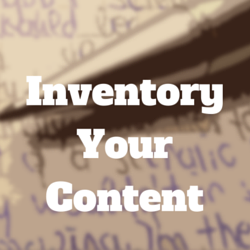
To put more of the right content into your audience’s hands, you should design your website to incorporate a variety of content types.
It would be ideal to design for every possible content situation, but some forms of content just aren’t cut out to be successful in every business model; to prioritize, focus on catering your website to the wants and needs of your customer base.
In addition, each type of content that you add to your website could mean that you need to incorporate unique design elements that, if unnecessary, could be expensive or even slow your site down.
Carefully consider the content that you plan on publishing and how each piece should look and feel across your website (e.g. image galleries, videos, blog posts, polls, infographics,
webinars, white papers, PDF downloads etc.)
To further complicate things, integrating too much content could actually dilute your current efforts and place a heavy tax upon your content creation team. Consider how adding content to your new website will affect how your team performs their day-to-day tasks. You’re looking to make processes more efficient and avoid any over complication as much as possible.
To alleviate some of your content burden, take a look at
integrating a content management system or CMS. These platforms can help you and your team prioritize your content by creating a universal interface to work from. A CMS can promote team collaboration on projects and help your content become more organized since all of your content can be managed in one place.
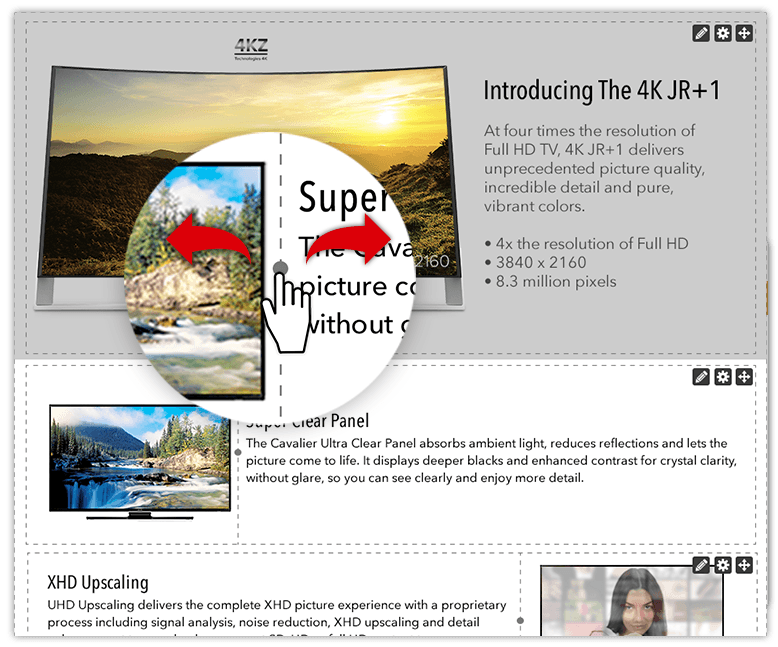
In addition, some
CMS products simplify content creation by incorporating easy to use design and publishing tools, which can empower more employees to create content and help lessen the need for a designer or webmaster to update the content on your site on a regular basis.
This can make incorporating a variety of content into your new site more manageable. Although there are a plethora of CMS products available, you’ll want to choose the platform that best aligns with your content strategy, business goals and properly
fits into your marketing budget.
Design with User Paths in Mind

Balancing all of your content and
web redesign considerations can be quite an intimidating undertaking; however, to move forward, document and break down your strategy step-by-step by focusing on keeping it simple.
Consider designing with the user paths of your visitors in mind and in relation to how you want them to interact on your site.
For example, if you are primarily concerned with creating content to drive more sales leads and conversions, map out the ideal flow that a visitor would need to take to accomplish that goal.
Understand how exactly your company’s offerings will connect with your content and how that might be laid out on your website.
Question if every one of those steps is really necessary, because generally, the simpler the flow, the more conversions you’ll generate. Use a tool like Google Analytics to analyze the paths your existing traffic takes across your website to have a strong starting point to work from.
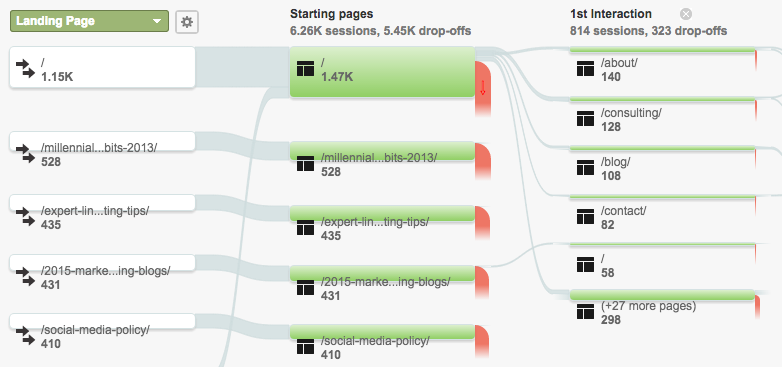
If you’re not sure where to start, or you’re having trouble designing to the goals of your business, take a look at other sites in and out of your industry for inspiration; competitors also. The idea isn’t to copy their marketing messages or design aesthetics verbatim, but to help you get a better feel for what your audience might be accustomed to seeing.

Improve the Effectiveness of Your Website with Evoq’s Content Analytics
By Dennis Shiao
In contrast, your design doesn’t need to be radically different from your competition either, just unique enough to allow your company to easily feature your competitive edge as well as the helpful information found in your content. You are looking to find a balance between what your customers expect and what your business has to offer that differentiates you from your competition.
Focus on Optimizing User Experience

Your redesign should provide an experience that is seamless across all of your channels.
Aim to maximize the first impression on every page because you want your audience to have the best experience and ensure that first time visitors are engaged from any page that they may land on.
Doing this can help you narrow down your focus and fine tune your design considerations.
In addition, consider removing any extra pages. This can strengthen your overall site, improve load times and may decrease the likelihood of a visitor getting lost in any unnecessary content.
To find low-performing pages,
refer to your analytics and look for content with below average conversion rates or a high bounce rate; this can be an indication that certain topics or types of content are off target.
Most business are experiencing a growing number of web traffic coming from mobile devices and this can throw a major curveball into your design plans if not kept top of mind. The strategies that have been outlined in this article can also be reapplied to your mobile web design as well; however, you’ll additionally want to think about your site’s
mobile responsiveness when a customer is consuming content.
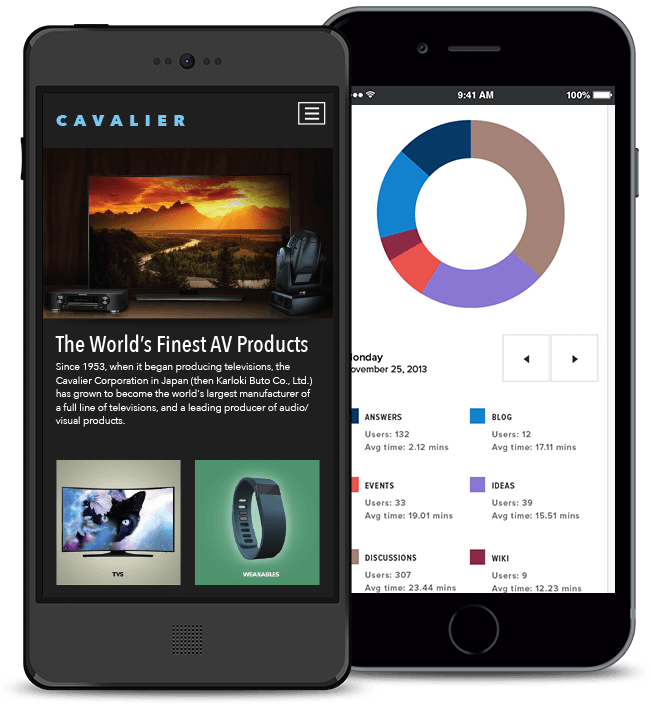
Designing a content-focused website for a much smaller screen creates a new set of challenges and considerations, but the core premise of your design should remain the same; design your site with your customers in mind and tactfully incorporate content as it pertains to the objectives of your business.
Ensure that viewing a video, infographic, article or any other form of content produced by your company is easy to consume, interact with and share across devices to ensure continued engagement from your audience.
Your Turn
What challenges have you faced when redesigning your website for content? What made you decide that it was time to redesign your website? What are the most important goals that you are looking to accomplish better with your redesign? Leave your feedback in the comments below.
Related Resource: Website Redesign
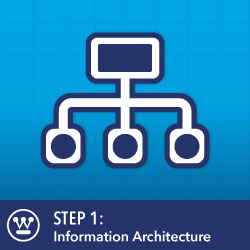
Westinghouse Electric Company provides nuclear power plant technology, services and fuel to the commercial nuclear industry.
Their website must tell the Westinghouse story, help utility companies find technical solutions for their plant operations, and communicate the benefits of nuclear energy.
Read the post:
Website Redesign: How Westinghouse Planned and Launched a Brand New Site